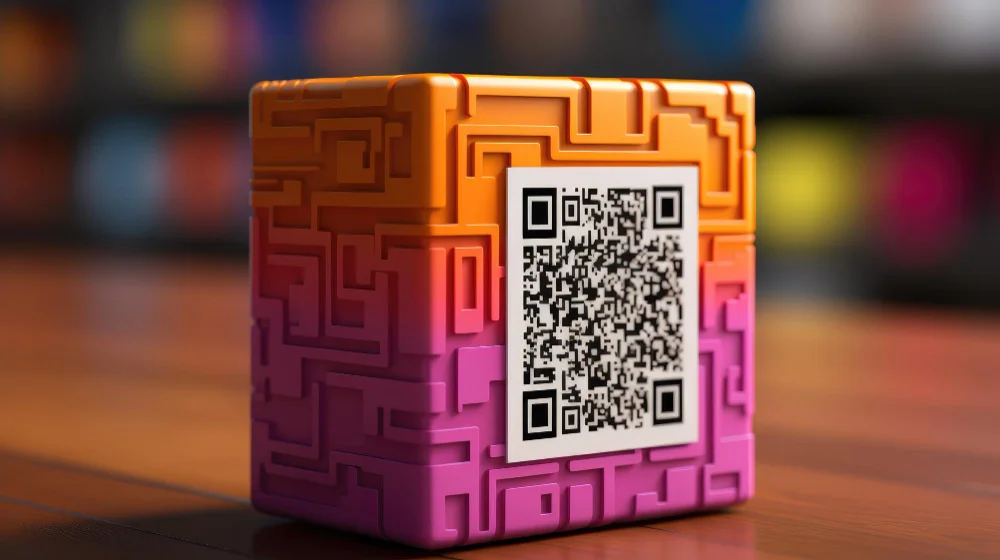Barcodes have become an integral part of modern life, revolutionizing the way we track and identify products. From groceries to electronic gadgets, barcodes are ubiquitous, streamlining processes and enhancing efficiency. In the perfume industry, where product authenticity and traceability are paramount, barcode interpretation plays a crucial role.
Introduction to Barcodes
Barcodes are machine-readable representations of data, typically used for automatic identification and tracking of products. They consist of parallel lines of varying widths and spaces, which encode information such as product numbers, serial numbers, and batch codes. Barcodes serve as unique identifiers for each product, enabling seamless inventory management and sales tracking.
Types of Barcodes
There are several types of barcodes commonly used today, each with its own unique format and encoding scheme. The most popular barcode symbologies include UPC (Universal Product Code), EAN (European Article Number), Code 39, and Code 128. UPC barcodes are widely used in the United States, while EAN barcodes are prevalent in Europe and other regions.
Structure of Barcodes
A typical barcode consists of several elements, including quiet zones, start and stop characters, data characters, and checksum digits. The quiet zones are empty spaces that surround the barcode to ensure reliable scanning. Start and stop characters mark the beginning and end of the barcode, while data characters encode the product information. Checksum digits are used for error detection and correction.
Barcode Interpretation
Interpreting a barcode involves decoding the encoded information to retrieve meaningful data about the product. Each type of barcode follows a specific encoding format, which determines how the data is represented. By scanning the barcode with a compatible scanner or mobile device, the encoded information can be extracted and displayed on a screen or printed receipt.
Application of Barcodes in Perfume Industry
In the perfume industry, barcodes play a crucial role in product identification, inventory management, and supply chain logistics. Each perfume bottle is assigned a unique barcode, which contains information such as the product name, batch number, manufacturing date, and expiry date. By scanning the barcode at various checkpoints along the supply chain, manufacturers can track the movement of their products and ensure timely delivery to retailers.
Benefits of Barcode Interpretation in Perfume Industry
The interpretation of barcodes offers several benefits to the perfume industry, including:
- Improved Inventory Management: Barcodes enable real-time tracking of inventory levels, allowing manufacturers to monitor stock levels and replenish supplies as needed.
- Enhanced Supply Chain Efficiency: By accurately tracking the movement of products from manufacturing facilities to distribution centers to retail stores, barcodes help streamline the supply chain and reduce operational costs.
Challenges in Barcode Interpretation
While barcodes are highly effective for product identification and tracking, they are not without challenges. Factors such as damaged labels, poor printing quality, and environmental conditions can affect barcode readability, leading to scanning errors and data inaccuracies. To overcome these challenges, manufacturers must invest in robust barcode printing systems, quality control processes, and regular maintenance procedures.
Future of Barcode Technology
The future of barcode technology looks promising, with ongoing advancements in scanning devices, data encoding techniques, and software applications. Emerging trends such as 2D barcodes, RFID (Radio-Frequency Identification), and NFC (Near Field Communication) are revolutionizing the way we interact with products and access information. These technologies offer enhanced security, improved data storage capacity, and greater flexibility for product tracking and authentication.
Conclusion
Barcode interpretation is a fundamental aspect of modern-day commerce, enabling seamless identification and tracking of products across various industries. In the perfume industry, barcodes play a vital role in ensuring product authenticity, traceability, and supply chain efficiency. By leveraging barcode technology, manufacturers can streamline their operations, enhance customer satisfaction, and stay competitive in a rapidly evolving market landscape.

